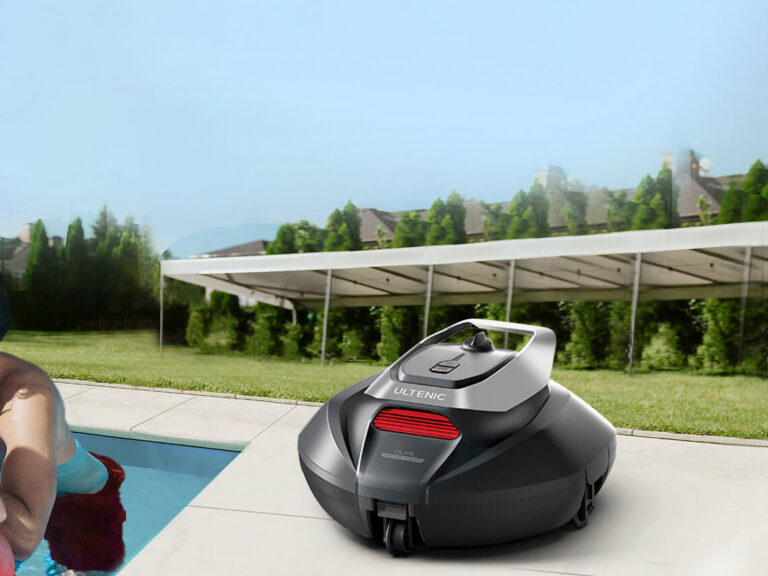When using a vacuum cleaner in daily life, many people neglect its maintenance, thinking that a vacuum cleaner is just one of the tools used to dispose of waste, with no significant difference from using a mop or broom. Therefore, they often use the vacuum cleaner on autopilot and do not pay much attention to its maintenance. However, as an electronic device, a vacuum cleaner also needs proper care. Because of its special purpose of cleaning products, we need to take good care of it. We should not consider it dirty just because it cleans up garbage, but rather give it enough attention and care. If we neglect the maintenance of the vacuum cleaner, it may malfunction and even affect our normal user experience. Therefore, prevention is better than cure, starting with maintenance.

The following are some taboo items provided by Pulsar for everyone's reference:
- The engine should not be exposed to dust, leaks or moisture.
- The dust bag should not be soaked in water and must be kept absolutely dry before use.
- Pay attention to the resting time of the motor, and stop using it if it gets overheated. Vacuum cleaners typically use ultra-high-speed motors, and the continuous working time should not exceed 2 hours.
- After each use, clean and inspect:
A. Clean the dustbin (regular maintenance), and it is recommended to blow the dust away with airflow.
B. The dust in the bin must be removed and cleaned.
C. Check for clogs or leaks in the pipeline.
D. Check for leaks or damages in the dust bag.
If cleaning the dustbin: it must be thoroughly dried before use. Using an incompletely dried dustbin is prohibited. Tips for vacuuming wet surfaces: (applicable to wet/dry vacuum cleaners) - The dustbin must be removed for wet vacuuming. (The dustbin does not need to be installed for wet vacuuming.)
- Wet vacuuming should not be excessive. The water level in the bucket should be checked frequently, and waste water should be dumped in time.
- After each use, make sure to pour out the water from the bucket and keep it dry for storage.
- If foam water is sucked in, add a defoaming agent to the bucket to remove foam to prevent foam from entering the engine with a strong cyclone.
- It is essential to avoid water leaks or moisture in the engine.



